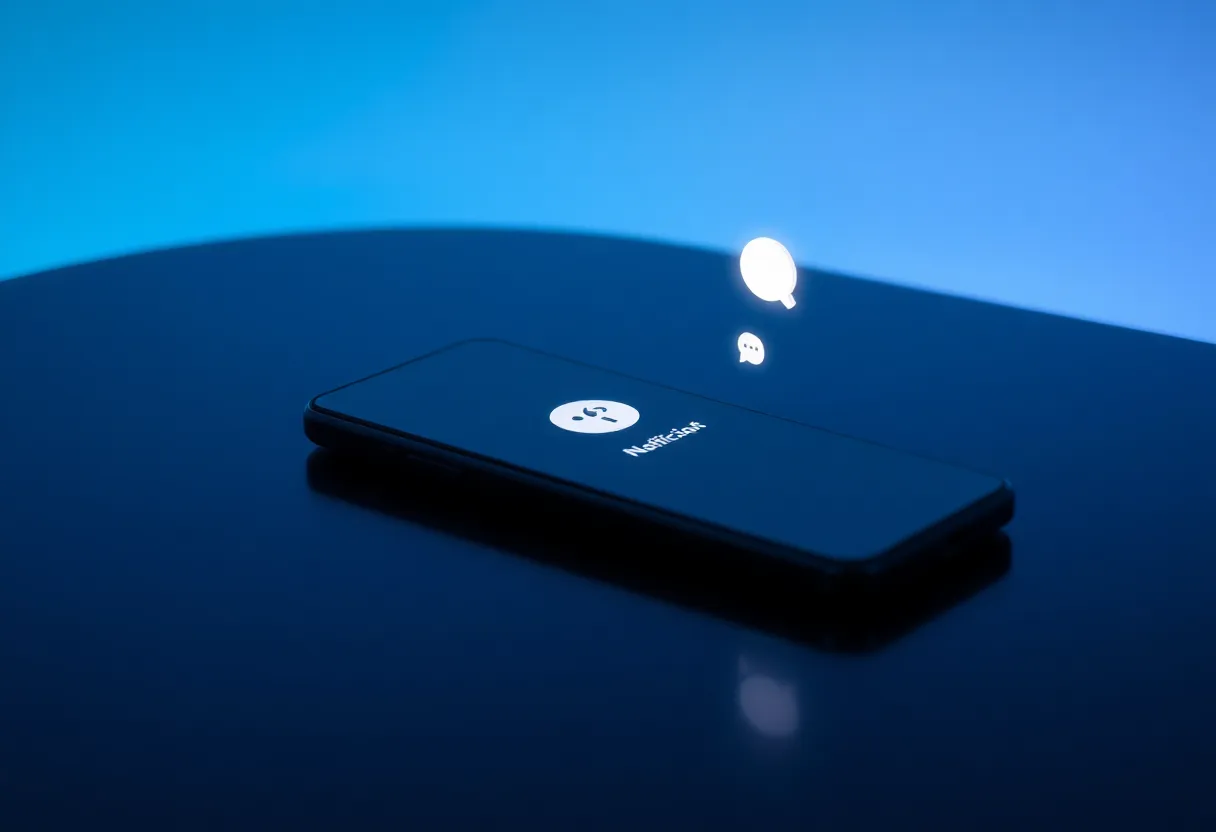What is missed call SMS automation?
Missed call SMS automation sends a timely text to any caller you couldn’t answer, acknowledges the call, and helps them book, reschedule, or get information—without you lifting a finger.
With Small Business Chatbot, you can go a step further: an AI voice agent answers 24/7 and follows up by text with your booking link so you capture leads even after hours.
Why it matters for appointment‑based teams
Automated reminders and confirmations reduce forgetfulness and friction.
Instant texts prevent callers from moving on to a competitor.
People prefer quick, low‑effort ways to reschedule or ask a question.
Automation handles repeats; staff focus on high‑value work.
In healthcare alone, missed appointments are commonly reported at 15–30% and have been estimated to cost tens of billions annually; one 2024 analysis cites roughly $150B in U.S. impact. Annals of Family Medicine (2024).
How it works (step‑by‑step)
- Detect the missed call. Your business number flags unanswered calls.
- Trigger an SMS. Send a friendly text that acknowledges the call and offers self‑service options (book, reschedule, ask a question).
- Automate the next step. Include your booking link and optional intake questions; use smart rules by time of day or service type.
- Confirm and remind. Send a confirmation and a reminder series before the visit.
- Sync and log. Push conversations into your CRM/calendar via integrations so every reply becomes scheduled work.
Research highlight
- 90% of U.S. adults own a smartphone, so SMS meets customers where they already are (Pew Research Center, 2023–2024). See Pew’s Mobile Fact Sheet.
- Adding a second text reminder reduced no‑shows by 7% in primary care and 11% in mental health in a large randomized study. Pragmatic RCT (2022).
- Missed appointments cost remains huge. A 2024 study notes U.S. impacts of about $150B and typical no‑show rates of 15–30%. Annals of Family Medicine (2024).
Compliance and consent (U.S.)
For business texting, the FCC’s TCPA rules generally require prior consent for autodialed texts to mobile phones, and businesses must honor opt‑out requests (e.g., replying “STOP”). See the FCC’s consumer guide. FCC: Stop Unwanted Robocalls and Texts.
- Obtain consent (web form checkbox, signed intake, or in‑person authorization).
- Identify your business in every message and offer “STOP” and “HELP.”
- Respect quiet hours and frequency caps appropriate to your audience.
- Keep records of consent and opt‑outs in your CRM.
In February 2024, the FCC clarified that AI‑generated voices count as “artificial or prerecorded voice” under the TCPA, which means calls using such technologies require prior express consent.
Note: As of January 24, 2025, the FCC postponed the effective date of its one‑to‑one text consent rule pending judicial review; continue following current consent best practices and monitor updates.
Simple ROI math
Use this quick calculation to validate your business case.
- Start with your baseline: average appointments per week × no‑show rate × average revenue per appointment.
- Estimate reduction: conservative 5–10% drop in no‑shows from SMS sequences and confirmations (aligned with recent randomized evidence).
- Net impact: recovered appointments × revenue − software cost.
Implementation blueprint
1) Configure your flows
- Create rules by time of day (after‑hours vs. business hours), service type, or caller history.
- Attach your booking link and intake questions (name, service, preferred times).
- Add a polite backup: “Would you like us to call back?”
2) Connect your tools
Use Small Business Chatbot integrations to sync calendars, CRMs, and forms so every reply updates schedules and pipelines automatically.
3) Test and tune
- Test message length (first text under 160 characters).
- A/B test timing (immediate vs. 2–5 minutes after missed call).
- Localize: use the caller’s first name and local timezone.
- Review opt‑outs and adjust frequency.
Message templates that get replies
Missed call acknowledgment + booking
Hi [First name]—sorry we missed your call! This is [Business]. Tap to book a time that works for you: [Short link]. Reply HELP for help, STOP to opt out.
Reschedule after cancellation
Hi [First name], we noticed your [Service] appointment was canceled. Want to reschedule for this week? Choose a slot here: [Short link].
Day‑before reminder (with prep)
Reminder for tomorrow at [Time] with [Provider]. Please arrive 5 minutes early and bring [Item]. Need to change it? Tap: [Short link].
After‑hours triage
Thanks for calling [Business]! We’re closed right now, but we can help by text. What time works best, or tap to book: [Short link].
KPIs to track
- No‑show rate: Should trend down as reminders and confirmations kick in.
- Call‑to‑book rate: % of missed callers who end up scheduled.
- Time‑to‑first‑response: Target under 2 minutes for first SMS.
- Opt‑out rate: Keep < 2%; revisit copy and cadence if higher.
- Revenue recovered: Booked appointments attributable to automation.
What’s next in appointment communication
Expect tighter personalization, AI voice that hands off seamlessly to SMS, and richer messaging (images, directions, forms). Pairing automated texts with a live‑answer AI agent covers both urgent calls and convenient self‑service.
Why choose Small Business Chatbot
- Answer every call 24/7: AI voice agent greets callers and texts your booking link to confirm.
- Text‑back automation: Instantly follow up on missed calls with personalized SMS.
- One‑minute setup: Add your website; connect your tools via integrations.
- Proof from peers: See real outcomes from businesses like yours on our customer reviews page.
Frequently asked questions for missed call SMS automation
1) Do I need consent before texting missed callers?
Yes—obtain prior consent for autodialed texts, clearly identify your business, and honor “STOP” requests. See the FCC’s guidance for details. FCC consumer guide.
2) Will texts actually reduce no‑shows?
Evidence says yes. In a large randomized study, sending an additional text reminder cut no‑shows 7–11% depending on visit type. Pragmatic RCT (2022).
3) What should my first message say?
Keep it short: acknowledge the missed call, state who you are, offer one clear action (book/reschedule), and include opt‑out language (STOP/HELP).
4) How does this fit with an AI voice agent?
The AI agent answers most calls live and then texts booking links for quick confirmation. If a call still goes unanswered, missed‑call SMS follows up automatically—no gaps.
5) What about landlines?
Most U.S. adults are mobile‑first and smartphone adoption is pervasive, so SMS reliably reaches customers where they are. Pew Research Center.
6) Can I personalize messages by service or time of day?
Yes—use segments and rules (e.g., different copy for first‑time consults vs. follow‑ups; gentler tone after 9 p.m.).
7) What results should I expect?
Start with a conservative 5–10% relative reduction in no‑shows; adjust based on your baseline and reminder cadence.
Editor’s note: Statistics and regulations cited above were last reviewed on September 30, 2025. Always verify local laws and carrier requirements before sending automated texts.



